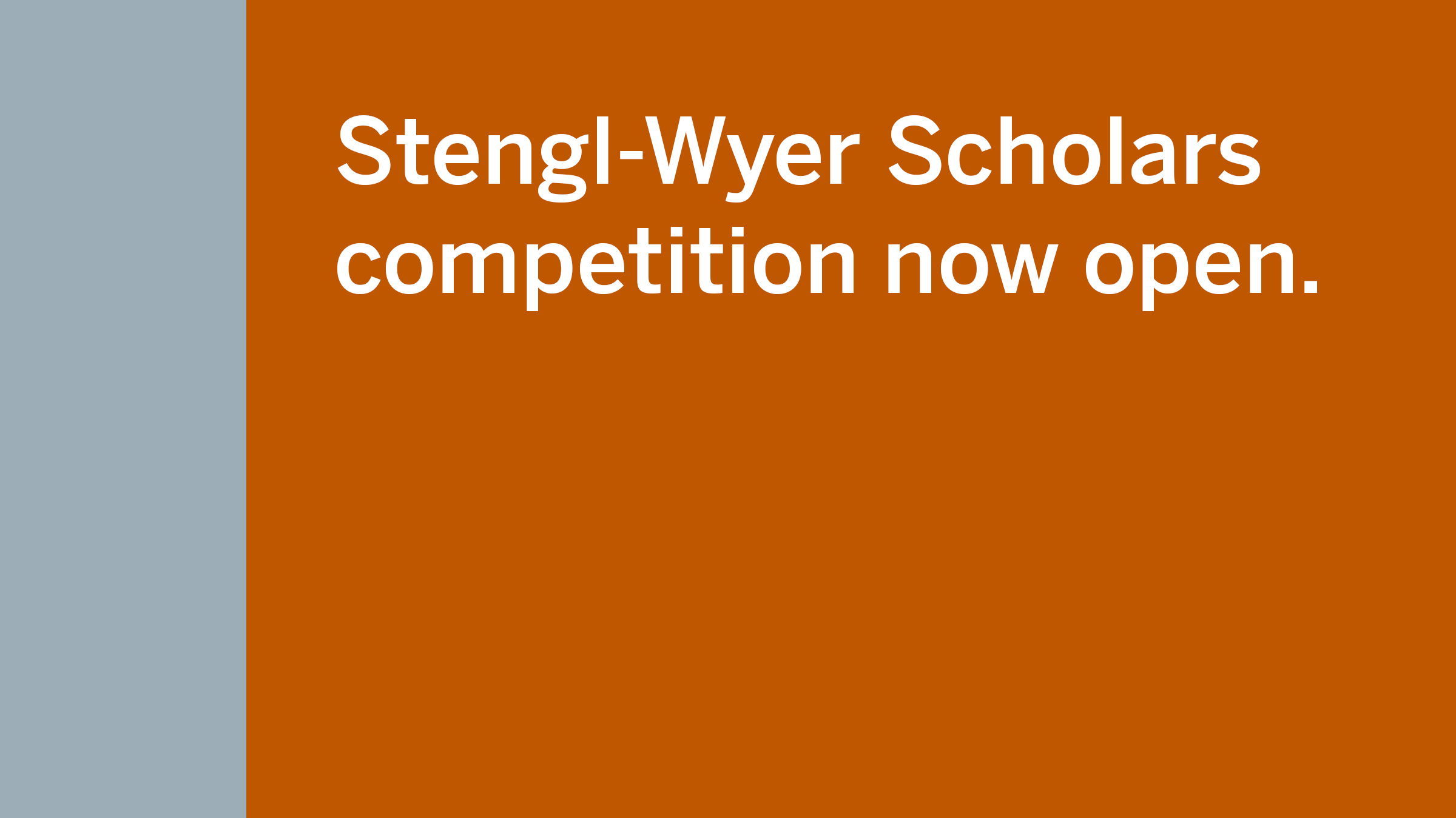News
Marine Science Institute
Digging into the Soil: Shedding Light on Unknown Players in Methane Production
A new study looks at metabolic processes in the previously understudied microbes called Asgard archaea in the soils of freshwater wetlands.

AI Opens Door to Safe, Effective New Antibiotics to Combat Resistant Bacteria
Protein large language models identify ways to make antibiotics better at targeting dangerous bacteria, without being toxic to humans.

College of Natural Sciences Faculty Receive NSF CAREER Awards
The awards from the National Science Foundation support innovative work by earlier-career faculty.

The Koltz Lab’s Work With Dung Beetles
They sound funny, but they provide important ecological services in the Lone Star State.

Oden Institute
Summer School on Quantum Materials
Feliciano Guistino led a week-long workshop for graduate-level students in modern techniques for computational data science and high-performance computing.

The Lesser of Two Weevils: Size Differences in Some Insects Lead to Tradeoffs in the Competition for Mates
The largest males have bigger weapons, but smaller males have other advantages.

Dell Medical School
Arbel Harpak: Pursuing the Next Frontier in Genetics
Arbel Harpak, recently named a Pew Scholar in the Biomedical Sciences, researches how genetic makeup can have dramatically different impacts on health and evolution in males and females.




